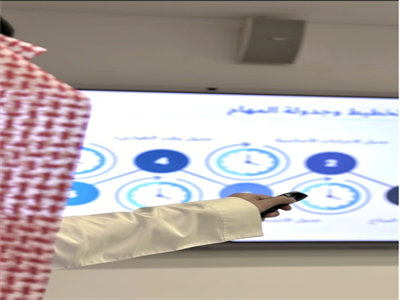Program Brief
The issue of foreign exchange is one of the most important monetary policies and workers in the banking sector must be familiar with it in terms of technical aspects related to the relationship of the local currency with international currencies, especially with regard to managed peg systems. This program also focuses on studying the exchange market and transactions that take place in foreign exchange dealing rooms (Dealing Rooms) in banks operating in various financial centers, and also highlights the study of the exchange rate relationship and international trade financing, and its impact on the balance of payments.
Program Goals
At the end of the training program, the participant should be able to:
- Identifying the nature of the exchange rate markets and the mechanisms of exchanging different international currencies, buying and selling with the least risks.
- Determine the foreign exchange rate so that he can understand the mechanism of direct and indirect pricing and cross pricing.
- Recognize the mechanisms of equilibrium exchange rate movement and fluctuation in the exchange rate to accurately predict the movement of the foreign exchange rate in the short and long terms.
- study of international trade finance, to know its impact on the balance of payments.
Program Agenda
Module 1: Foreign Exchange Market
1 Definition of the exchange market
2 The characteristics of the exchange market
3 Types of foreign exchange market dealers in the exchange market
4 Exchange market functions
5 Risks of foreign exchange operations
Module 2: Exchange Rate Theories
1 Purchasing power parity theory
2 Balance of payments theory
3 Interest rate parity theory
4 Market efficiency theory
5 The quantity theory of money
الوحدة 4: سعر الصرف وميزان المدفوعات
1 Fixed exchange rate system
2 Fluctuating exchange rate system
3 Exchange control system
4 Exchange rate stability system
5 Exchange rate floating system
Module 4: Exchange Rate and Balance of Payments
1 The effect of the currency value on reducing the external imbalance
2 The imbalance of the balance of payments
3 The imbalance of the domestic money market
Program Requirements
Not Available
Program Path
Names of the training programs that are integrated (enriched) with the training program:
- Not Available
Names of the training programs that after the training program:
Program Method
- Lecture
- Case Studies
- Practical Implementation
- Dialogue Teams
Evaluation Method
- Pre Exam
- Post Exam
Training Type
- In Class Training
- Online Training





Add Comment